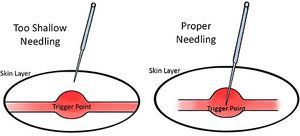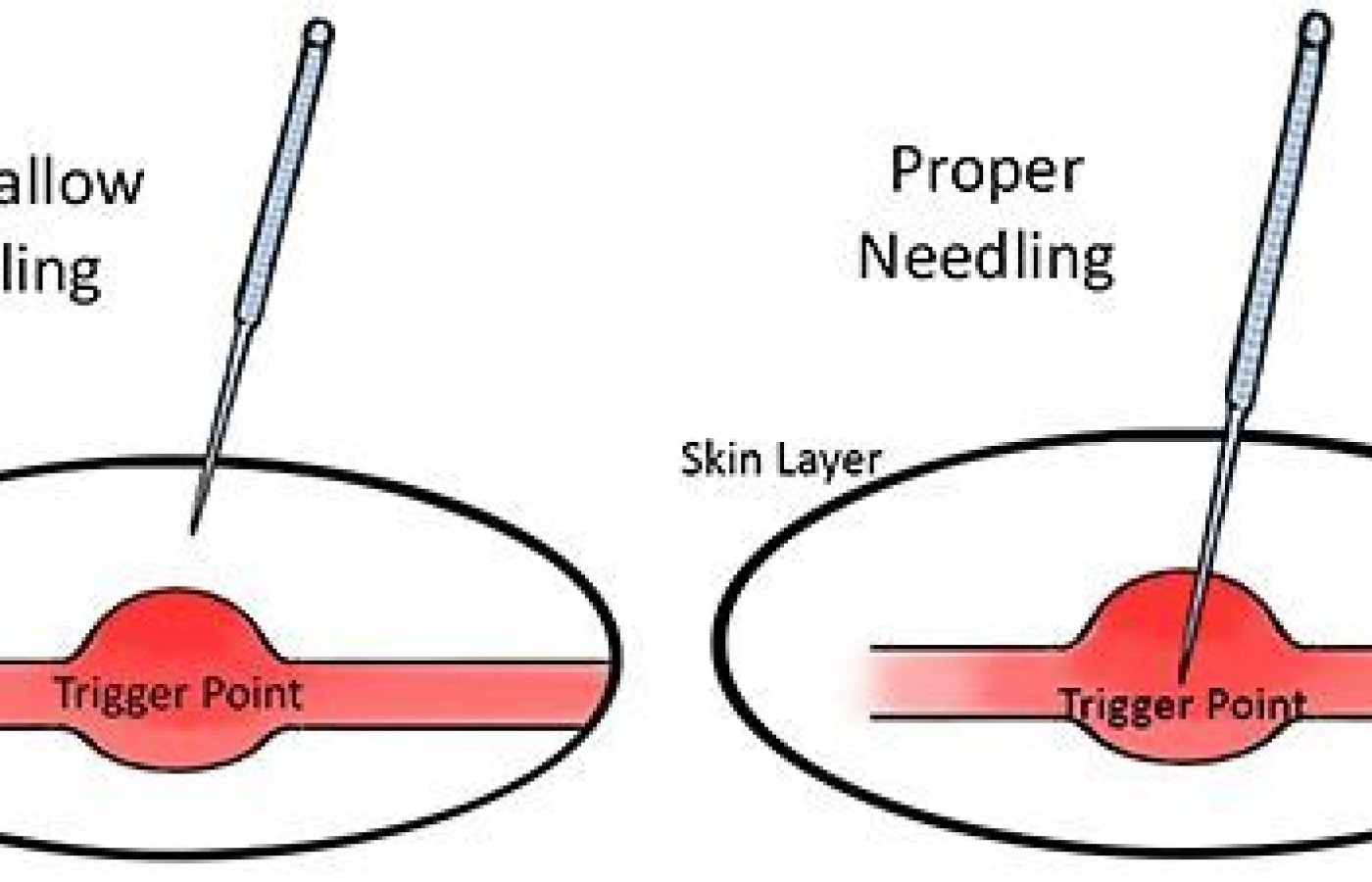Whether you accept it, avoid it or live somewhere in between, insurance coverage has become a defining issue for our profession. Patients increasingly expect to use their benefits, practitioners want to be compensated fairly for their time and expertise, and the system itself remains – at best – fragmented. The encouraging news is that coverage has expanded in meaningful ways. The challenging news is that reimbursement, across the board, remains inadequate.
The Secret to Treating Chronic Pain With Electroacupuncture
Electroacupuncture is an amazing tool to treat chronic pain, however the lack of education in this modality makes it an under-potentiated system. I struggled for years trying to get results with electroacupuncture (EAC) by following the available literature.
Then, after seven years of private practice, I was hired by Kaiser Permanente's Chronic Pain clinic and had the opportunity to treat thousands of pain patients. It was this experience that allowed me to experiment, compare, contrast, explore hunches, and test theories, all in an effort to uncover the secret of electroacupuncture.
Understanding EAC
Most of the literature that was available in my formative years recommended dense-disperse mode, where the pulse varied from 2 Hz to 25 Hz, for pain relief. This proved to be very unsatisfactory and provided minimal pain relief for my patients. Some of the more recent literature and teachings by some of the prominent instructors of this modality, suggest a frequency between 2-10 Hz, continuous mode.
During my research I began to experience improved results as I started to slow the pulse rate down into the lower frequencies utilizing continuous mode. Donald Kendall, in his book, "The Dao of Chinese Medicine," recommended 2Hz continuous mode as the optimal setting for pain relief.

There are two other current active teachers on the use of EAC who also recommend 2Hz for optimal pain relief. I had used this setting for a number of years myself, and was getting better results, but nothing dramatic. Then, I decided to slow the frequency down to 1Hz, and my life changed as an acupuncturist. Patient after patient told me that the results they received after their visit at this setting provided dramatic, and at times life-altering pain relief.
Frequency Tuning
I spent countless hours wondering to myself how this could have happened? How could this simple adjustment in frequency not have been discovered and become the standard of care that it so obviously deserves. Why wasn't it written and reported in any of the literature for EAC that was available?
The only answer I can come up with is that EAC is relatively new, and there wasn't extensive testing at this lower range of frequencies. I came to the conclusion that pondering these reasons was a waste of time. All that matters is that we have the ability to do what no other therapy in the world can accomplish if we use it correctly.
We have a tool that can elevate the level of expectation on what acupuncture can achieve, and, I think revolutionize the way we utilize this healing art. There are three things that electro-stimulation of the needle accomplishes to enhance the efficacy of the treatment.
One: Analgesic Effect
Low frequency stimulation causes a mobilization of endogenous opiates, called enkephalins, to be released. These opiates are extremely powerful and are the reason EAC is used in lieu of anesthesia in many surgical procedures in China.
Two: Anti-spasmodic Effect
The vibration of the needle caused by the elect stimulation causes a relaxation of the soft tissue reducing inflammation caused by hypertonic muscles.
Three: Regenerative / Healing Effect
The electrical stimulation creates an ionic current between the two needles increasing microstimulation and accelerating the healing process.
The Internal Pharmacy
Just think for a second how brilliant this is. The Chinese developed a system that could tap into our "internal pharmacy" and direct these neurotransmitters to a specific site in the body. This is truly a visionary accomplishment.
The greatest error made in using EAC, is in using high frequency (80-100Hz) settings, or mixed mode settings. It is true that endogenous opiates (dynorphins) are released with high frequency stimulation, but the stimulation is too strong for the body's tissue, and can cause soreness and damage to the tissue.
In contrast, low frequency (.5-4Hz) causes enkephalin release and is much easier on the tissues of the body. It just so happens that 1Hz is the optimal setting, and the anti-spasmodic/analgesic effect the greatest.
Beyond utilizing this 1Hz continuous mode setting, there are other needling factors that enhance the performance of treatment, and the results you achieve. Along with my research in EAC, I experimented with different styles of treatment, including Master Tung treatments, the Balance Method, Auriculotherapy, and Scalp therapy.
The methodology I found most effective using in combination with EAC was orthopedic acupuncture. Orthopedic acupuncture is a developing, evolving methodology that addresses painful conditions in a very direct and potent way. Along with EAC, "Orthopedic Electroacupuncture," I believe, will be the gold standard of treatment in Physical medicine.
The Golden Rules
There are what I term the seven golden rules of orthopedic needling, which greatly enhance the ability of EAC to have the positive effects that it does. The top three rules (Three Pillars of Needling), are Point Location, Needling Depth, and Correct Stimulation using EAC.
Pain occurs in very specific, even predictable sites and requires palpation to locate specific muscles or tendons that are the cause of most pain. Needling depth must be deep enough to reach the flaw in the tissue, often in the form of a trigger point, or banded muscle.
Perhaps the greatest error in needling is not needling quite deep enough to engage the flawed muscle (see diagram below). And finally, the stimulation should be augmented by an electrical stimulation device at the specifications I discussed to fully maximize the potential that acupuncture can offer.
I hope you will consider adding EAC to your treatments utilizing these specifications and experience results beyond what you may have thought possible.
References
- Abenyakar S, Boneval F. "Increased plasma B-endorphin concentrations after acupuncture: comparison of electroacupuncture, traditional Chinesse acupuncture." Acupuncture in Medicine, 1994 May; 12(1): 21-3.
- Bous RA. "Hatangdi Vs Electrical stimulation in the relief of pain." New Zealand Medical Journal, 1976 Sept 22,84(572): 230-3.
- Cheng RSS. "Electrotherapy of Chronic musculoskeletal pain: comparison of electroacupuncture and acupuncture-like transcutaneous nerve stimulation." Clinical Journal of Pain, 1986; 2(3): 143-149.
- Man PL, Ning TL. "Electroacupuncture and electrostimulation for relief of chronic intractable pain." American Journal of Acupuncture, 1983 April-June; 11(2): 143-7.



